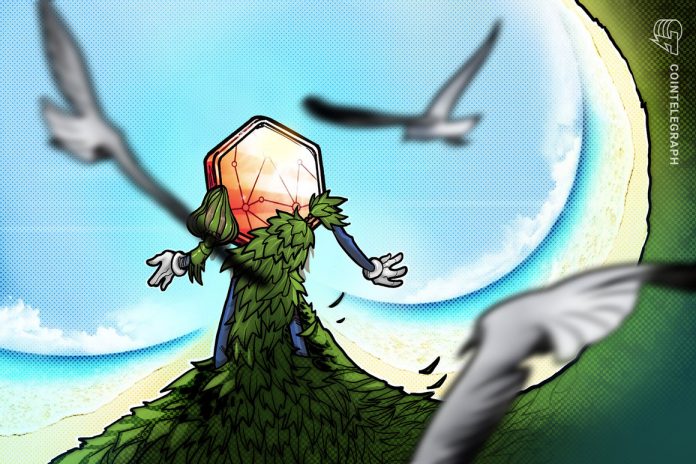Use Non-Foldable Tokens (NFTs) Where carbon credits, or carbon offsets, reveal an outlet for Web3 technology to promote a greener future.
NFTs as carbon credits are a slow trend in the refinancing and decentralized finance (DeFi) market. Most of this activity is currently performed in the polygon (maticThe blockchain, as it has already offset the entire carbon footprint. However, the way these digital assets work with carbon credits is different from other projects in the space.
Instead of a store of wealth or a A piece of unique digital artCarbon credit NFTs serve as a repository of information regarding a particular carbon offset payment.
This information may include, but is not limited to, the total number of awards (ie the number of metric tons), the old year of removal, the project name, geographic location, or certification program used.
Such NFTs are then hashed into Ethereum-based ERC-20 tokens, which can be exchanged with each other.
However, unlike the majority of NFTs available to consumers, a properly functioning NFT carbon credit comes with a catch. And in order to serve its true purpose, verifying and standing up to offsets for carbon emissions, it must be burned. In off-chain environments in the carbon market, this is called “retirement”.
A core member of KlimaDAO, a decentralized organization that uses DeFi to combat climate change, explained to Cointelegraph how this works both on and off the chain.
“Retirement means that someone takes the carbon offset primarily, and claims it is for their own environmental good, which means that they are essentially offsetting their emissions. Then that carbon offset is permanently taken out of circulation and cannot be traded or sold to anyone else.”
However, when it comes to stopping these carbon offsets in an on-chain setting, one must burn the token as soon as the retirement certificate is obtained. In other words, it must be removed from the database and no longer available for trades.
It is very important that if there is any kind of environmental claim being made regarding the offset being included in the NFT, then the NFT is actually incinerated in some way, and a specific entity or individual is named to claim that environmental incident.
There are a slew of projects popping up in space that claim to implement NFT technology for carbon offsets, including CarbonABLE and MintCarbon.
However, with a market capitalization of over $850 billion, the carbon credit industry is not small. Like other profitable markets, it is prone to scams. As the popularity of NFTs continues to rise, NFT scams are becoming more and more popular.
Related: GameFi scams: How To Identify Toxic NFT Game Projects
KlimaDAO stressed that projects that claim NFTs as carbon credits must also carry accreditation from internationally recognized standards. Essentially, an accreditation from ICROA, or the International Carbon Reduction and Offsetting Alliance.
If not, projects that carry this claim should be carefully considered before investing under this pretext. Although the carbon credit market is valuable, the way it works is still unknown to the masses.
“The thing is that you are integrating Web3 with a market that is not very well known. So, unfortunately, you have many actors who take advantage of people.”
However, carbon offset NFTs can be really useful if fully disclosed because they will do what they promise. This compensation provides an injection of capital from another source to maintain and develop the project. This can range from renewable energy generation to forest protection or reforestation.




